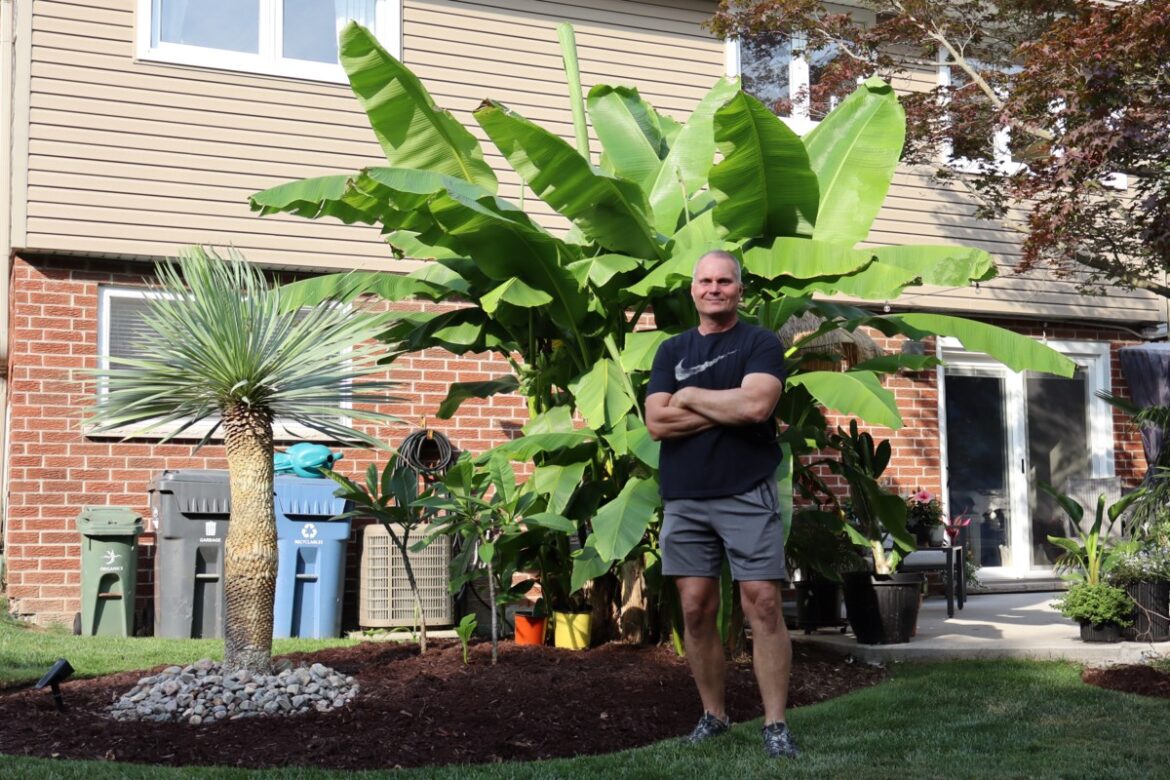‘Things have warmed up,’ says biologist for Natural Resources Canada, which publishes the map
Gardeners across Guelph and Wellington county are rejoicing following recent updates to Canada’s Plant Hardiness Map.
Well-known to most gardeners, Canada’s Plant Hardiness Map measures several climate variables that influence plant survival and growth and divides the country into zones based on the survival of different plants.
Recently updated for the first time in over a decade, approximately 80 per cent of Canada has increased in hardiness, with about 20 per cent changing from their previous zones, including Guelph and the county.
From 1961 to 1991, the Guelph area was considered a 5b — now, it has moved up half a zone to 6a.
Locally, Bradford West Gwillimbury has gone from 5b to 6a as well; Innisfil, however, maintained its 5b status.
“Basically, what that means is that things have warmed up,” said John Pedlar, a biologist for Natural Resources Canada, which publishes the map.
According to Pedlar, climate change is the “obvious conclusion” to the new zone, especially considering winter temperatures don’t seem to be getting quite as cool as they did in previous versions of the map.
“So what that means is people could start experimenting with some different species,” said Pedlar. “A lot of gardeners like to push the envelope and try new things, and so moving into a 6a zone does open up some new possibilities.”
Some local residents, like Derek Bitker, have already been experimenting with several tropical plant varieties for the past decade, even inspiring the name of his wife’s company, Palm Candle Co.
A member of the Zone Pushers, an international Facebook group of gardeners who try to push the limits of what they can grow in their individual zones, Bitker’s passion for tropical plants really took off during the pandemic, when he missed going on vacation and wanted to create the experience in his own backyard.
“I have lots of 6a plants that I’ve had for years with no problem,” said Bitker, who grows several varieties of cold-hardy palm trees and banana trees as well as shameplants, hibiscus and cacti in his backyard.
While he chooses to cover some of his palm varieties during the winter to ensure they aren’t damaged, Bitker said he’s experienced several plants returning that previously wouldn’t have survived the winter.
This experience is becoming more common, said Guelph Gardeners Group administrator Rosemary Fernandes-Walker.
Over the past few years, Fernandes-Walker, said she’s noticed more people experimenting with leaving different plant varieties like canna lilies in the ground over the summer, which they couldn’t do previously because of the frost.
Personally, Fernandes-Walker said she sees the change as a positive, “as much as global warming sucks,” because it gives gardeners a longer growing season to enjoy what they love.
“For example, dahlias don’t usually come out until August, and so if we get an early frost, your dahlias are done for the year,” said Fernandes-Walker. “So for me, it just means more flowers in my garden for longer.”
However, there is a concern the new zone will result in new invasive species and pests, said Fernandes-Walker. This is especially an issue for farmers, said Pedlar.
To avoid potentially introducing invasive species to the area, Fernandes-Walker recommends looking up any new plants before buying them and putting them in the ground.
“So we want to avoid those and see if we can stick to hardier natives in our area,” said Fernandes-Walker.
But now that the new zone is official, Fernandes-Walker said she’s picked up a Japanese maple she previously would’ve hesitated to spend money on and is excited to see what others try out.
“So I’m going to be planting that this week and I’m curious to see how well it survives,” said Fernandes-Walker.
Isabel Buckmaster is the Local Journalism Initiative reporter for GuelphToday. LJI is a federally-funded program.


Comments are closed.